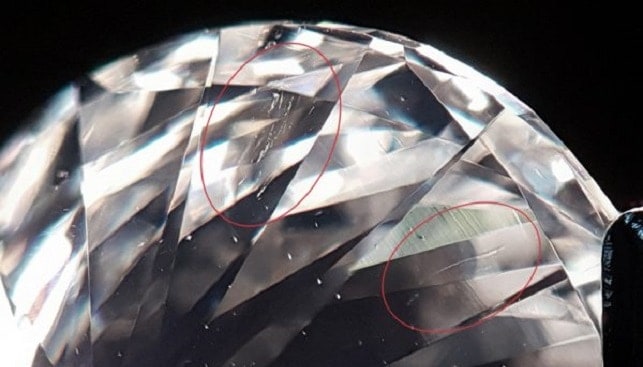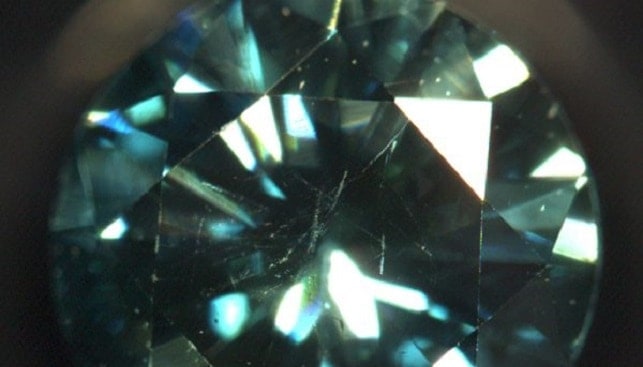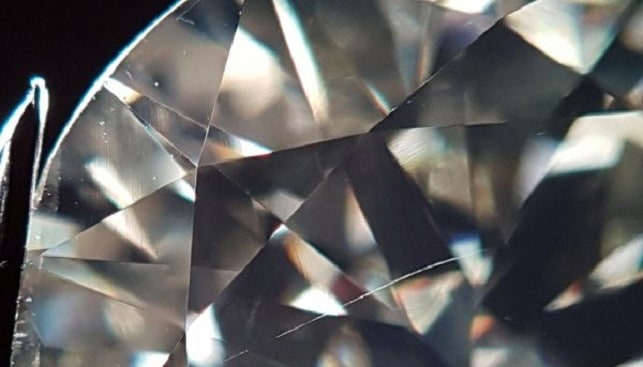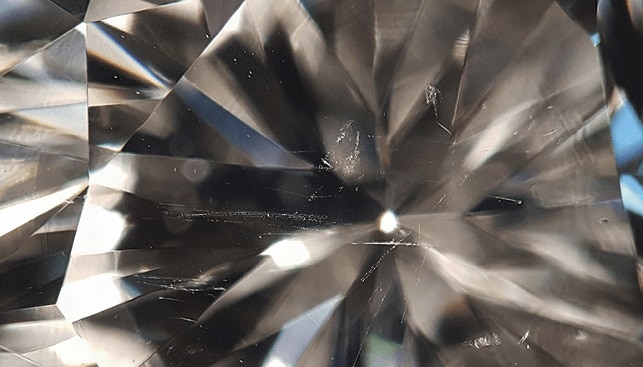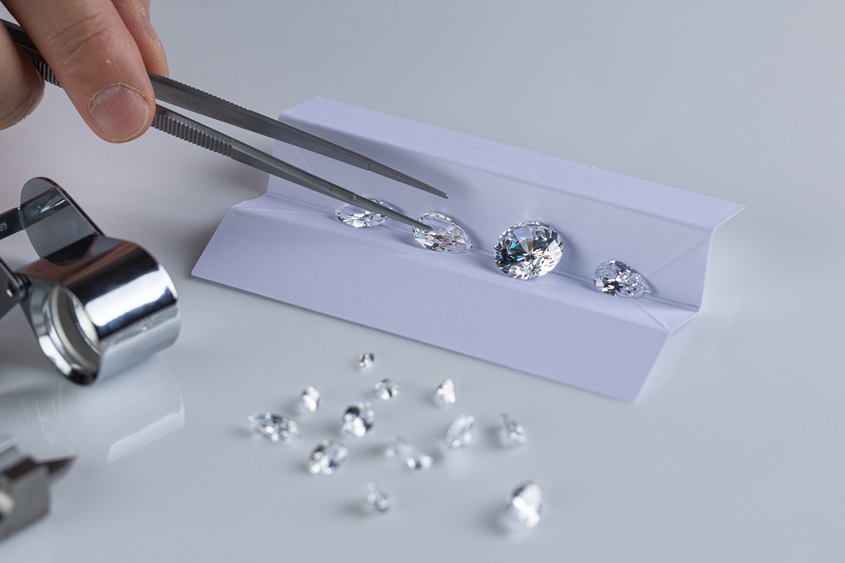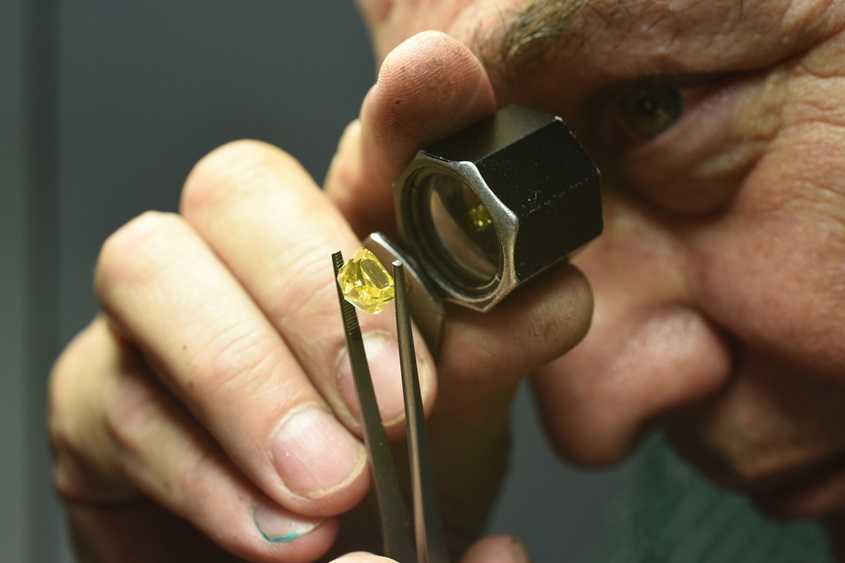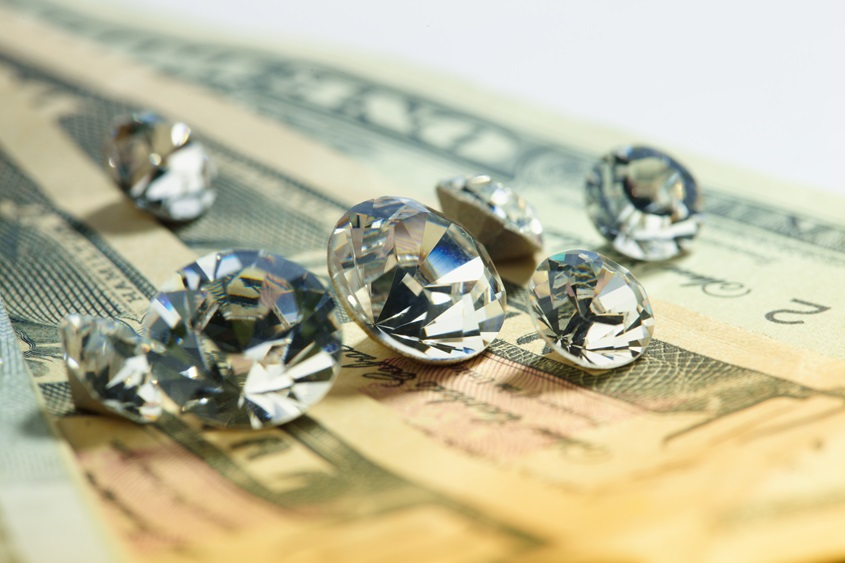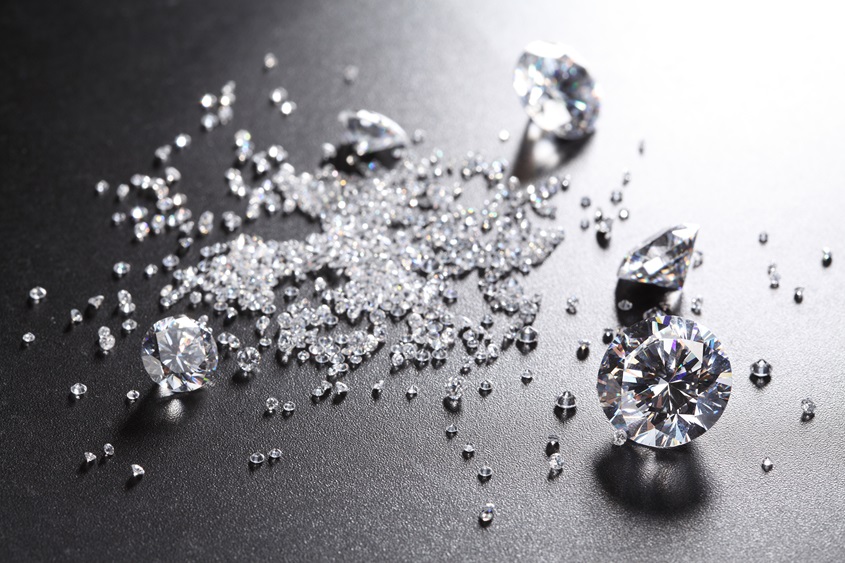A recent article published by Egor Gavrilenko, Doctor of Geology and Director of the Laboratory for Analysis and Certification at the IGE (the Spanish Gemological Institute), explains why so many professionals in the field get it wrong when trying to check whether a diamond is real or fake.
Human life, says Gavrilenko, “is an instant compared to the history of the gems we work [with]. It takes millions of years to form in the in the mantle of the Earth, then reach the surface, to be found, extracted and carefully carved for use in jewelry”. If safely guarded and treated, diamonds can be kept intact for centuries, and passed from generation to generation without losing their beauty. Therefore, he says, “it’s really unfortunate [to] spoil this eternal beauty applying inappropriate methods for identification”.
How Does Striping Occur?
According to Gavrilenko, “all too often we see at the Laboratory of IGE [a] diamond with marked stripes on full table or in other areas of the gem, traces left [by] some “expert” in an attempt to check whether they are diamonds or not [and] to rule out possible imitations”. He says that the striping technique “has been extended especially since the advent of synthetic moissanite as rhinestone in 1997”.
Striping, he says, is not necessary: “a minimum of gemological knowledge allows us to observe the birefringence of moissanite, see their double facets through the stone to rule the diamond is isotropic”.
Gavrilenko explains that “slight scratches and abrasions [in the] edges in diamonds can also occur if the jewels are stored improperly, rubbing each other […] for this reason it is always advisable to keep the diamond jewelry separately, including pairs of earrings” so as to avoid any diamond-against-diamond friction.
Here we are some pictures of diamonds were scratched for identification, with harmful effects for the gem:
